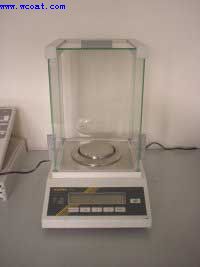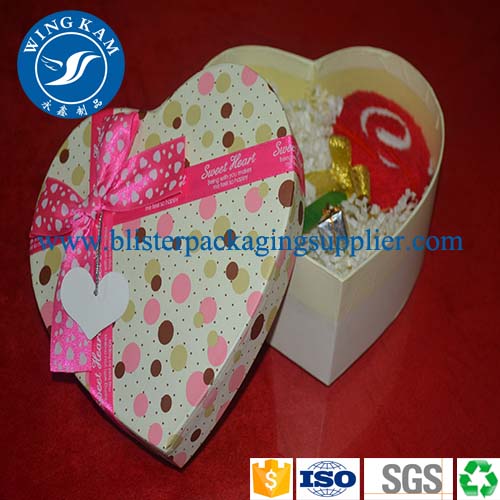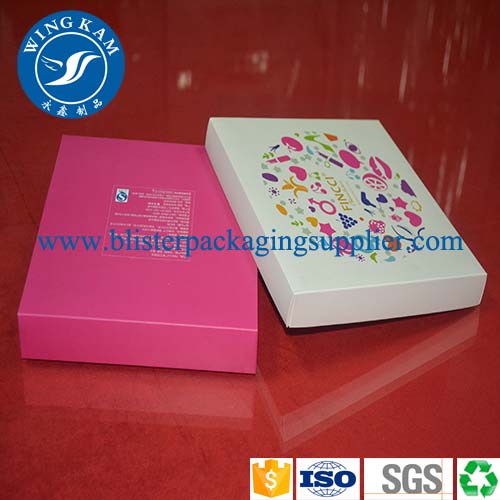The traditional color matching process has always depended on the skills and experience accumulated by operators over the years. A reliable spot color ink preparation staff takes at least 8 to 10 years to fully control the color change during the ink transfer. If the printer uses 2-3 brands of ink, it will take more time to adapt to their color characteristics. Take four-color blue as an example: Of course, the ink produced in different regions is also different. The concentration of yellow ink in the inks produced in Europe and the United States and other regions are all relatively high. On the contrary, the ink produced in Japan and Asia is more proud. These ever-changing factors all affect the colorists' judgment of ink color. As far as the printing industry is concerned today, reliable and experienced color matching personnel can also say that buying is rare and rarely seen. What's more, now that the printing factory hires or employs skilled manual workers who can immediately cooperate with their jobs, how can they spend 10 years or 8 years training color matching personnel? Traditional color Master will generally use the past experience or spot color to identify the approximate type of ink, some of them rely on personal feeling to take out the weight, and then use electronic pounds to measure the amount required, and mix the ink on the palette. After the mixing is completed, take out a small amount of scraper on the substrate to scratch the ribbon to check the color is correct or not. When a color cast was found, a small amount of ink was added for fine-tuning. After finishing, the amount and type of ink were carefully recorded on the recording tray to prepare a large amount of spot color ink. For the inks and weights to be added in the color cast described above, please see the chart below If it is necessary to deploy a bright blue (standard), after the first mixing, the result shows that the blue is a little reddish. At this time, a small amount of green or yellow should be added to move the ink toward the green, and so on. When the blue color is found to be faint, an appropriate amount of pure blue ink can be added to increase its color purity; conversely, adding a black or gray ink can cause the blue color to become deeper. Using the above method to allocate spot colors is the most simple and straightforward, but there are two disadvantages that cannot be controlled: (a) When more types of ink are added, the ink will become dirty and the vividness will be greatly reduced. (b) It is difficult to control the number of servings and it is often several times more than the amount of the expected deployment. (C) Adding a large amount of white ink, although it can increase the hiding power and can instantly check the hue, it has reduced the resistance to Indian and printability. (D) can not use the paper's own color, to deploy spot color inks, increase the white ink application. (5) The thickness of ink is difficult to control. (6) The level is not stable, and problems often occur due to technical deviations of the color matching staff. There is no objective judgment. The shortcomings mentioned earlier have often occurred when using traditional methods to distribute ink. I believe that for the boss, this is a waste of money. It can neither meet the requirements of customers, but also waste time and resources. If guests request reprinting, it is not a problem if they are between one and two weeks apart. However, if they are one to two years away, it is not so simple. There are many reasons, among them: 1) The printing factory has switched to other brands of inks, and the colors and concentrations are greatly different. 2) If the same brand of ink is used, the formula used by the ink factory may have been changed and therefore the ink cannot be blended in the same amount. 3) If printed with old ink, the ink is stored for a long time, and the color and printing characteristics such as drying and glossiness are also changed. All of the above three conditions make it difficult for us to duplicate the same color. In many cases, in order to meet customer requirements, we are constantly wasting ink. In the end, we always store them, and sometimes we spend three to four weeks and do not deploy well. There is no way to do it. A large quantity of ink can also be found at the charge of the ink supplier. If a small quantity is used for 4, 5 kilograms, how can the supplier take care of us? So do we not wait to treat ourselves? Modern color I believe we all know that the problems brought about by the above traditional printing technologies can be solved, regardless of cost, time, and confidence. It is probably a good idea to develop a mature Ink Formulation System in recent years. However, many people have misunderstood its true meaning. After all, what we want is an accurate and satisfactory finished product. Then we have today How to adjust the ink and color? Try a little time and take a look at this presentation. tool If a worker wants to do good, he must first sharpen his tools. Of course we need to prepare necessary equipment: (A) milligram electronic scales - electronic scales that can measure three decimal places after the decimal point. (Figure 4) (b) Toner-knife - Similar to the factory application, it is better to prepare different sizes and types. (Figure 5) (C) Glass - depending on the amount of ink, the general test available 18 "x 36". (4) Proofing Machine - An instrument capable of printing ink on the substrate in an even manner. The thickness of the ink can be controlled by the amount of ink, such as IGT (Figure 6) and RK (Figure 7). (Figure 6) (Figure 7) (5) Computer ink formulation software - capable of calculating ink data and recipes, establishing database functions such as GretagMacbeth (Ink Formulation), X-Rite (Color Master). (Figure 8) (6) Densitometer: Measurement principle application 0/45 (Figure 9) General Print Measurement d/8(fig.10) Spherical scattering principle, capable of calculating the specular reflection content of prints (Figure 9) (7) Substrates - For the establishment of data banks, it is recommended to choose papers that do not contain fluorescent brighteners, which can be divided into two types, coating and non-coating, and can fully express ink colors. (Figure 11) (8) Ink - Based on the printing of four colors, together with commonly used spot colors CMYK, clear ink, white ink, purple ink, green ink, and orange ink, etc., in order to provide the most special spot colors with the minimum ink type. Ink. (In the future, these 12 inks will be used as the main color combinations) (9) Standard color light box - It is ideal for use with UV lamps, D50, D65, and A light sources. In this way, the same-color heterogeneous spectrum can be observed simultaneously under different light sources. The next phase will continue to introduce the entire workflow and other related coloring issues. Reprinted from: "The Graphic Arts" Issue 230
Wing Kam Packaging Co.,Ltd. was established in 2001, we are manufacturer and support custom design. We specialize in this Paper Box Packaging. Our value message is "QUALITY IS OUR LIVE, WITHOUT QUALITY, WITHOUT US." If you order this Paper Box Packaging from us, YOUR BUSINESS WILL BE SAFE, YOUR MONEY WILL BE SAFE, YOUR PRODUCT OUT LOOK WILL BE GORGEOUS.
Item
Paper Box Packaging
Dimension
Customized
Material
PVC, PET
Thickness
200g~2100g
Cardboard Insert
Yes, Customized
MOQ
3000pcs
Sample order
Welcome & acceptable
Welcome to order Paper Box Packaging.
Any questions please contact us freely.






(Figure 10) 

(Figure 12)
Author: Master Tsai


Paper Box Packaging
Square Shape Paper Box Packaging,Cardboard Box Packaging,Rectangle Shape Box Packaging,Art Paper Box Packaging
Shenzhen City Wing Kam Packaging Products Co., Ltd. , http://www.blisterpackagingsupplier.com